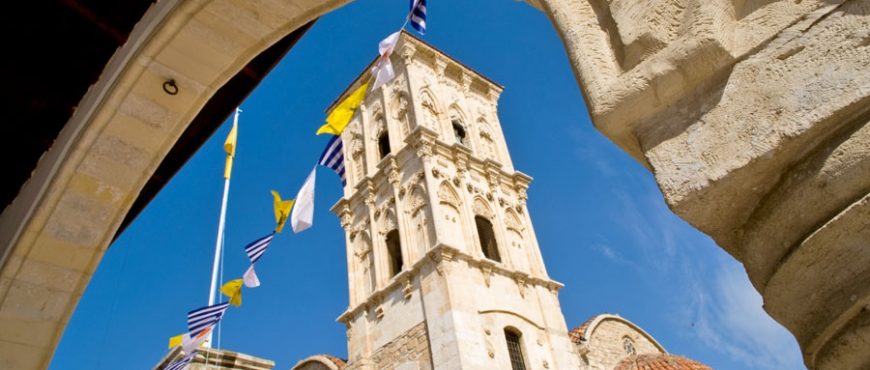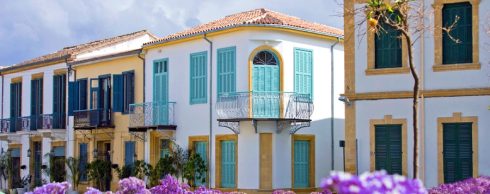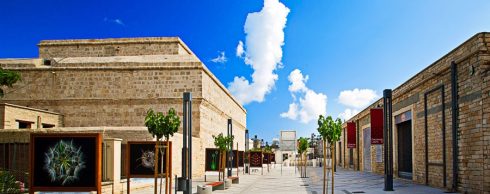| Larnaca is the third largest town of the Southern Greek – Cypriot part located in the southern coast of Cyprus with a total population of about 50.000. |
History Facts:
The former kingdom-city of Kition, in present day Larnaca, was originally established in the 13th Century BC. The area was settled before Achaean Greeks arrived, while later Kition was re-built by the Phoenicians.
As many ancient Cypriot cities, Larnaca belonged to the Persian Empire. In 450 BC, the Athenian general Cimon died at sea, while militarily supporting the revolt against Persia’s rule over Cyprus. On his deathbed, he urged his officers to conceal his death from both their allies and the Persians. A bust of “Kimon the Athenian” stands on the Foinikoudes Promenade, with this quote referring to him on the pedestal: “Even in death he was victorious”.
The official seal of Larnaca is a palm tree and a bust of Zeno. The palm tree is a trademark for Larnaca due to its so-called “Foinikoudes”, the promenade along Athenon Avenue on the seafront. A row of palm trees lines either side of it. The other important historic personality of the city, after Kimon, is Zeno. Zeno was born in Kition in 334 BC. After studying philosophy in Athens, he founded the famous Stoic school of philosophy.
The commercial port was located at Skala, during the Ottoman Period. Skala is the name of the seashore immediately south of the Larnaca castle and its neighborhood. Due to this fact, the city is often referred by the locals as ‘Skala’, meaning “ladder” or “landing stage”, referring to the historical port.
It is worth mentioning the The Kamares aqueduct, built in 1747, bringing water to the city from a source around six miles from the city.
Places to visit:
Along Foinikudes, at the end of the avenue lies the Fort of Larnaca. It was constructed to defend the southern coasts of Cyprus and was later used as a prison, artillery and an outpost. After the Cypriot independence the castle itself was converted into a museum, while the castle courtyard was converted into an open-air theatre, accommodating 200 people.
During your stay in Larnaca, you can visit the Church of Saint Lazarus, whom Jesus raised him from the dead. According to Orthodox tradition, sometime after the Resurrection of Christ, Lazarus was forced to flee Judea because of rumored plots on his life and came to Cyprus. The Church was built over the reputed (second) tomb of Lazarus.
At the Alykes area of Larnaca, stands an important Muslim monument, Hala Sultan Tekke. According to muslim tradition, Umm Haram (Turkish: Hala Sultan) was the Islamic prophet Muhammad’s wet nurse. The shrine now stands were it is said Umm Haram died. Many Muslims visit Hala Sultan Tekke all year round, as it is one of the greatest religious sights of Muslim.
Moreover, the Salt lake of Larnaca offers the visitor a great experience of natural habitat as the lake is the haunt of 85 species of water-birds with estimated populations of 20000–38000. In the winter months, the salt lake is home to more than 2000 flamingoes.



